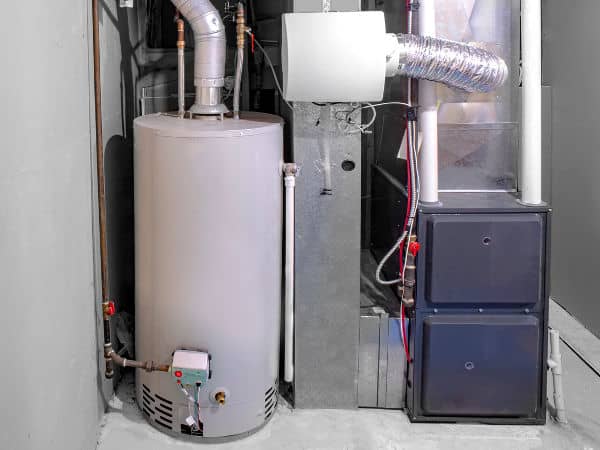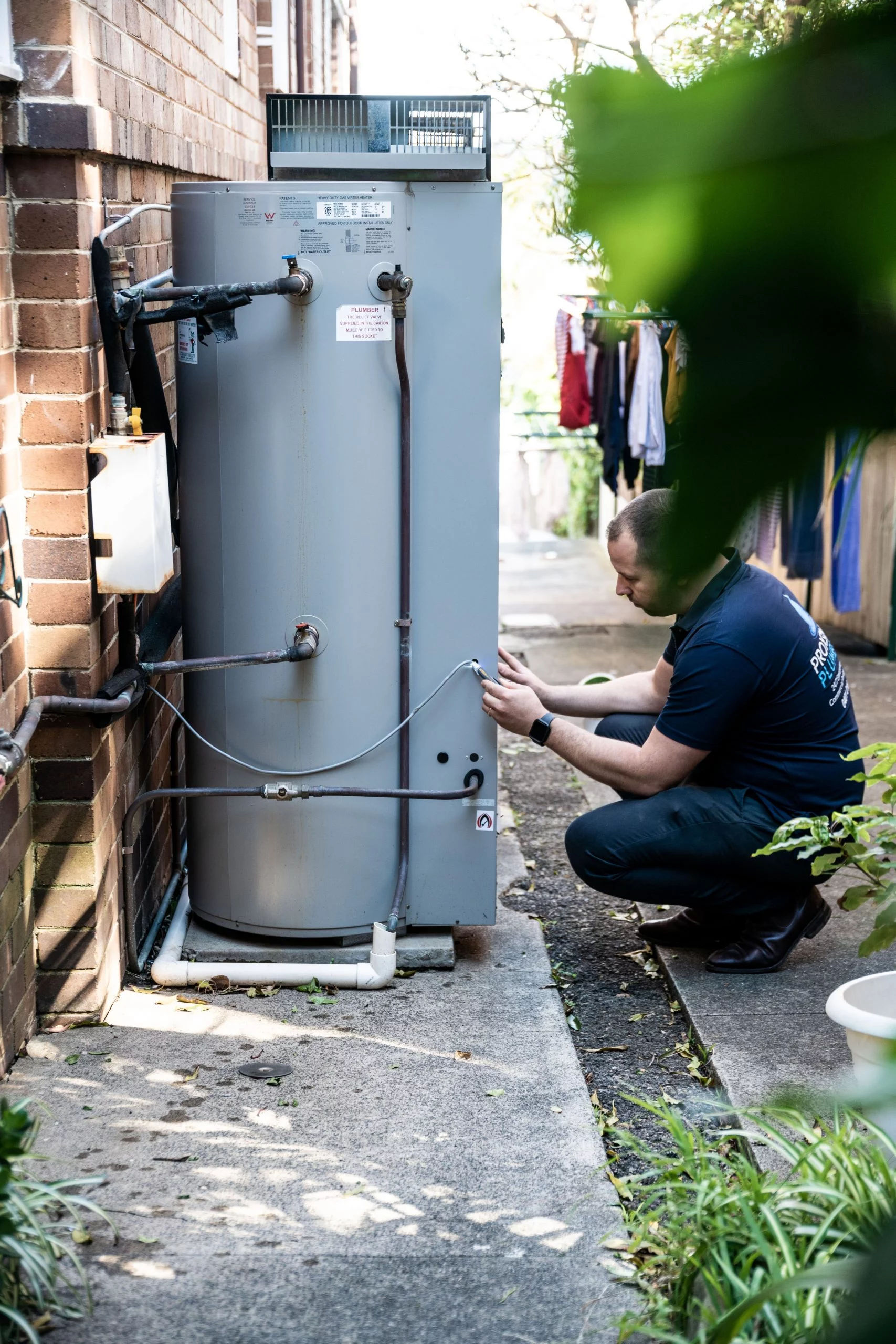Top Ways to Maintain Your Home's Hot Water System EffectivelyEasy Guide to Maintaining Your Home's Hot Water System
Top Ways to Maintain Your Home's Hot Water System EffectivelyEasy Guide to Maintaining Your Home's Hot Water System
Blog Article
How do you feel in regards to What Kind of Maintenance Do Water Heaters Need??

Warm water is vital for everyday comfort, whether it's for a revitalizing shower or washing recipes. To guarantee your hot water system runs efficiently and lasts much longer, regular upkeep is key. This post offers practical ideas and understandings on exactly how to maintain your home's warm water system to prevent disruptions and expensive repair services.
Introduction
Maintaining your home's warm water system may seem complicated, however with a couple of simple actions, you can ensure it runs efficiently for several years to find. This guide covers whatever from understanding your warm water system to DIY maintenance pointers and understanding when to call in specialist assistance.
Relevance of Maintaining Your Warm Water System
Regular upkeep not just extends the life-span of your hot water system yet likewise guarantees it operates successfully. Disregarding maintenance can bring about reduced performance, higher power bills, and also early failure of the system.
Indications Your Warm Water System Requirements Upkeep
Knowing when your warm water system needs interest can prevent major issues. Keep an eye out for signs such as inconsistent water temperature level, unusual sounds from the heater, or rustic water.
Comprehending Your Warm Water System
Before diving into upkeep tasks, it's valuable to recognize the basic elements of your warm water system. Normally, this consists of the water heater itself, pipelines, anode rods, and temperature controls.
Regular Monthly Upkeep Tasks
Regular monthly checks can help capture small issues before they intensify.
Purging the Water Heater
Flushing your hot water heater gets rid of debris build-up, improving effectiveness and extending its life.
Monitoring and Replacing Anode Rods
Anode rods avoid corrosion inside the storage tank. Checking and changing them when broken is essential.
Examining and Changing Temperature Level Setups
Adjusting the temperature level setups ensures ideal efficiency and safety.
DIY Tips for Upkeep
You can execute several upkeep tasks yourself to keep your hot water system in leading problem.
Checking for Leaks
Consistently inspect pipelines and connections for leaks, as these can bring about water damages and higher expenses.
Checking Stress Alleviation Valves
Examining the stress safety valve guarantees it operates appropriately and prevents excessive pressure buildup.
Insulating Pipelines
Protecting hot water pipes decreases heat loss and can save energy.
When to Call an Expert
While DIY maintenance is advantageous, some issues require professional proficiency.
Facility Concerns Calling For Expert Help
Instances consist of significant leakages, electrical issues, or if your water heater is constantly underperforming.
Regular Expert Upkeep Perks
Specialist upkeep can consist of detailed examinations, tune-ups, and ensuring compliance with safety standards.
Final thought
Routine upkeep of your home's hot water system is essential for efficiency, long life, and expense financial savings. By complying with these tips and knowing when to seek specialist aid, you can make certain a trusted supply of hot water without unforeseen disruptions.
How to Maintain an Instant Hot Water Heater
Before tinkering with your hot water heater, make sure that it’s not powered on. You also have to turn off the main circuit breaker and shut off the main gas line to prevent accidents. Also turn off the water valves connected to your unit to prevent water from flowing into and out of the appliance. 2. When you’re done, you have to detach the purge valves’ caps. These look like the letter “T” and are situated on either side of the water valves. Doing so will release any pressure that has accumulated inside the valves while at the same time avoid hot water from shooting out and burning your skin. 3. When the purge valves’ caps are removed, you have to connect your hosing lines to the valves. Your unit should have come with three hoses but if it didn’t, you can purchase these things from any hardware or home repair shops. You can also get them from retail stores that sell water heating systems. Read the user’s manual and follow it to complete this task properly. When the hosing lines are connected, open the purge port’s valves. 4. You should never use harsh chemical cleaners or solutions when cleaning your unit. Make use of white vinegar instead. It should be undiluted and you’ll probably use about 2 gallons. 5. Now flush your water heater. This task should probably take about 40 minutes. We can’t give you specific directions for this because the procedure is carried out depending on the type, model and brand of your heater. With that being said, refer to the user’s manual. 6. When you’re done draining the unit, you have to turn off the purge port valves again. Remove the hosing lines that you earlier installed on each of the water valves. Put the valve caps (purge port) back in their respective places and be very careful so as not to damage the rubber discs that are found inside these caps. 7. Now that everything’s back in place, check your user’s manual again to find out how to reactivate your water heating system. 8. Once it is working, turn one of your hot water faucets on just to let air pass through the heater’s water supply pipes. Leave the tap on until water flows smoothly out of it. https://www.orrplumbing.com/blog/2014/september/how-to-maintain-an-instant-hot-water-heater/

I hope you enjoyed our piece about What Kind of Maintenance Do Water Heaters Need?. Thanks for taking the time to read through our blog post. Appreciated our entry? Please share it. Let another person locate it. Many thanks for being here. Don't hesitate to come visit our website back soon.
Call Today Report this page